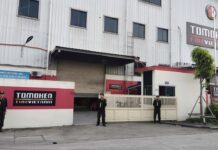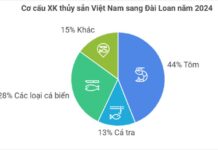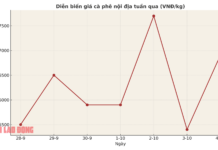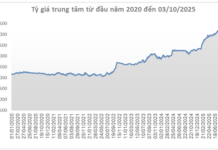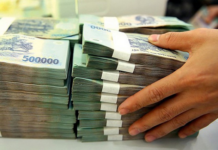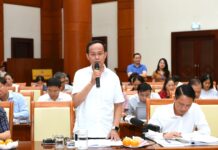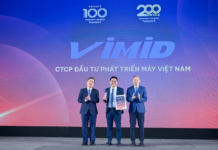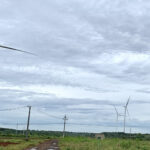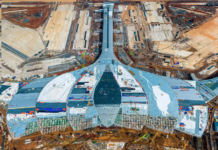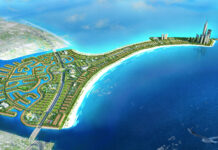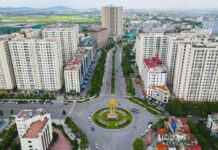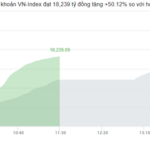The minutes of the open registration dossier for the implementation of the new Sen Ho urban area project on August 27 showed that there was only one investor, Real Estate Development Joint Stock Company My Hao.
The land area for the Sen Ho urban area project is 62.6 hectares, located in Nhan Hoa ward, My Hao town. The scale of products and services provided includes: detached houses with exterior finishes, villas with exterior finishes, apartments, commercial service floors, and offices according to the 1/500 planning plan. The expected population is 12,000 people.
The total investment capital is VND 6,956 billion, of which the implementation cost is more than VND 6,656 billion and the compensation and resettlement cost is about VND 300 billion.
The implementation progress is 84 months (7 years) and the operation duration of the project is 50 years from the date of approval of the investor.
Real Estate Development Joint Stock Company My Hao was established on July 11 this year. Headquartered at 79 To Hieu, Lien Phuong, Hung Yen city, Hung Yen province. Charter capital is VND 1,100 billion; founding shareholders include Vinh Thien Danang Company Limited holding 95%, Vo Cong Linh holding 3% and Vu Thi Nga (General Director cum legal representative) holding the remaining 2%.
Vinh Thien Danang, established in 2011, is a member of T&T Group. The company is the investor of the project of the center for services, trade and housing, ward 1, group 4, Sa Dec city, Dong Thap province.
In addition, in 2020, the company won the bid for assets on land and the right to use the land of An Giang Stadium (formerly An Giang Football Center). The land area is nearly 35,000 m2, won at a price of more than VND 628 billion. Here, the company invests in the project of An Giang complex of commercial houses, with a total investment of over VND 2,378 billion.

Location of An Giang Commercial Housing Complex.
|
 Perspective of An Giang Commercial Housing Complex.
|
Reasons for the stagnant wind power projects in Dak Nong.
Wind power projects in Dak Nong were expected to generate hundreds of billions of dong in annual taxes for the local area. However, only one project has been operational so far, while the other five projects remain stagnant.

